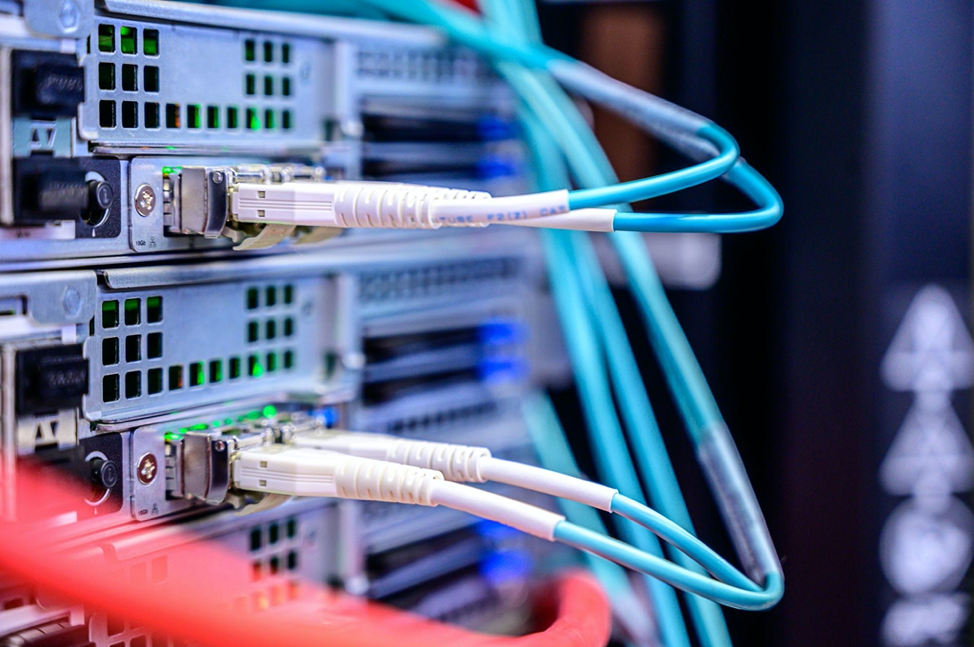In recent times, servers have become a comprehensive solution that handle, collect, and safeguard data and other crucial information 24 hours a day, seven days a week.
It indicates that appropriate server administration impacts a business’s everyday processes and improves operational productivity.
If you didn’t already know, server is the primary component of a software appliance that obtains customer requests (iOs, webserver, android, etc.), processes these requests, and transmits back its response. In addition, these servers may serve information to Wide Area Network (WAN) or Local Area Network (LAN) over the internet.
Keep reading below to learn more about servers and their different configurations.
What Do We Mean by Servers?
In simpler terms, a server refers to a computing machine that offers data and functionality to other devices. It comprises identical parts you see on your conventional desktop computer—a processing chip, motherboard, and memory. However, you must note that server parts are more substantial and developed to manage more complicated procedures of great volumes. The type of server used depends on the specific operating purposes it is employed for.
Servers are developed by processing data propositions from other devices. The data is then transmitted back to the initial requester or other networks via the internet or Local Area Network. And to operate efficiently, these servers must remain connected to an online network so people can readily retrieve the data stored in them.
Understanding Different Server Configurations
Here are some different types of server configurations.
Network Configuration
Network configuration is an initial server configuration that fosters network connectivity by allotting the server with a hostname and IP address. Also, for most modern servers, the device usually wants to employ a fixed IP so customers can always locate the resource at the exact address.
So if your server network uses VLANs, it is better to evaluate how separated the server’s part is and where it works agreeably. On the other hand, if you don’t employ IPv6, switch it off to accurately enter the DNS server information, domain, and hostname. In addition, you must incorporate two or more DNS servers to reduce redundancy and examine nslookup to guarantee the name resolution is functioning accurately.
NTP Configuration
This NTP configuration sets up your server to manage its time for NTP servers. Now, these servers can either be internal or external that remain available for everyone. However, the most crucial part is restricting clock drift, where the server’s time drifts from real-time.
This time lag can induce numerous issues, including authentication problems where the time lag between the authenticating infrastructure and server is estimated before giving access. Nevertheless, you should only provide a straightforward modification, but it’s a crucial bit of dedicated network infrastructure.
Securing SSH
SSH (Secure Shell) is the primary remote critical process for Linux allocations and should remain appropriately secured. You should disable the primary command to SSH even if you disabled the account to ensure it never gets exploited remotely.
The Bottom Line
Even when servers are highly technological, you need to pay careful attention to the physical structure so that the hardware continues to operate thoroughly. Synergy Micro Solutions can be your perfect partner if you are looking for best-in-class server solutions. Contact us for further details.




